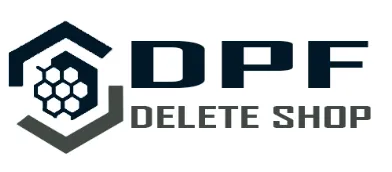Make: International
Engine: MaxxForce DT (2010 & Newer)
PID: N/A
SPN: 2798
FMI: 3
Description: Injector Control Group 2 open coil short
Troubleshooting:
The Electronic Control Module (ECM) determines when fuel needs to be supplied to injectors
and supplies voltage to the injectors. The voltage causes a needle inside the injector to lift
which uncovers the spray holes, directing fuel into the cylinder.
Probable causes:
1) Open coil short circuit on Injectors 4, 5, or 6
Make: International
Engine: MaxxForce DT (2010 & Newer)
PID: N/A
SPN: 2798
FMI: 4
Description: Injector Control Group 2 close coil short
Troubleshooting:
The Electronic Control Module (ECM) determines when fuel needs to be supplied to injectors
and supplies voltage to the injectors. The voltage causes a needle inside the injector to lift
which uncovers the spray holes, directing fuel into the cylinder.
Probable causes:
1) Closed coil short circuit on Injectors 4, 5, or 6
Make: International
Engine: MaxxForce DT (2010 & Newer)
PID: N/A
SPN: 2798
FMI: 6
Description: Injector Control Group 2 Open coil – Short Circuit (INJ 4, 5, 6)
Troubleshooting:
The Electronic Control Module (ECM) determines when fuel needs to be supplied to injectors
and supplies voltage to the injectors. The voltage causes a needle inside the injector to lift
which uncovers the spray holes, directing fuel into the cylinder.
Probable causes:
1) Open coil short circuit on injectors 4, 5, or 6
2) Closed coil short circuit on injectors 4, 5, or 6
3) Shorted coil windings
4) UVC harness issues
5) Flying short circuits – wire guides
6) Harness short circuit to ground engine harness (not UVC)
Make: International
Engine: MaxxForce DT (2010 & Newer)
PID: N/A
SPN: 3055
FMI: 2
Description: ICP/IPR adaptation in-range fault
Troubleshooting:
The Injection Control Pressure (ICP) system is controlled by the Electronic Control Module
(ECM) to regulate the amount of fuel pressure in the fuel injections.
Probable causes:
1) Oil level and quality
2) ICP system leak
3) IPR sensor or circuit fault
4) IPR valve sticking or stuck
5) Oil additive package worn out, foaming (overfilled)
6) High pressure oil pump worn out or leaking
7) High pressure oil leakage
8) Injector static leakage
9) Injector Oil Inlet Adapter (Puck) Assembly leakage
10) Engine brake control valve leakage
